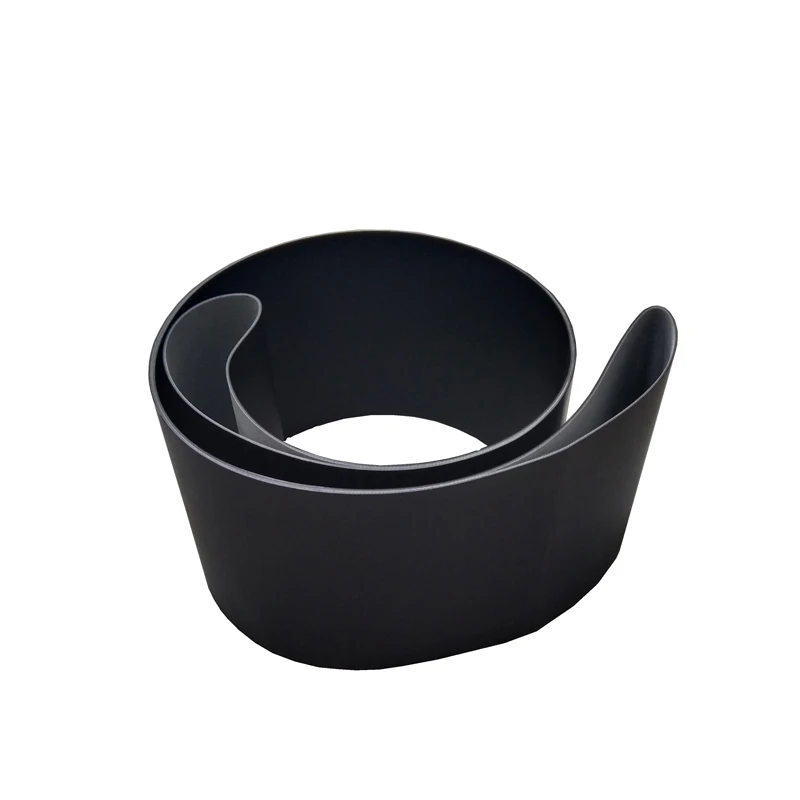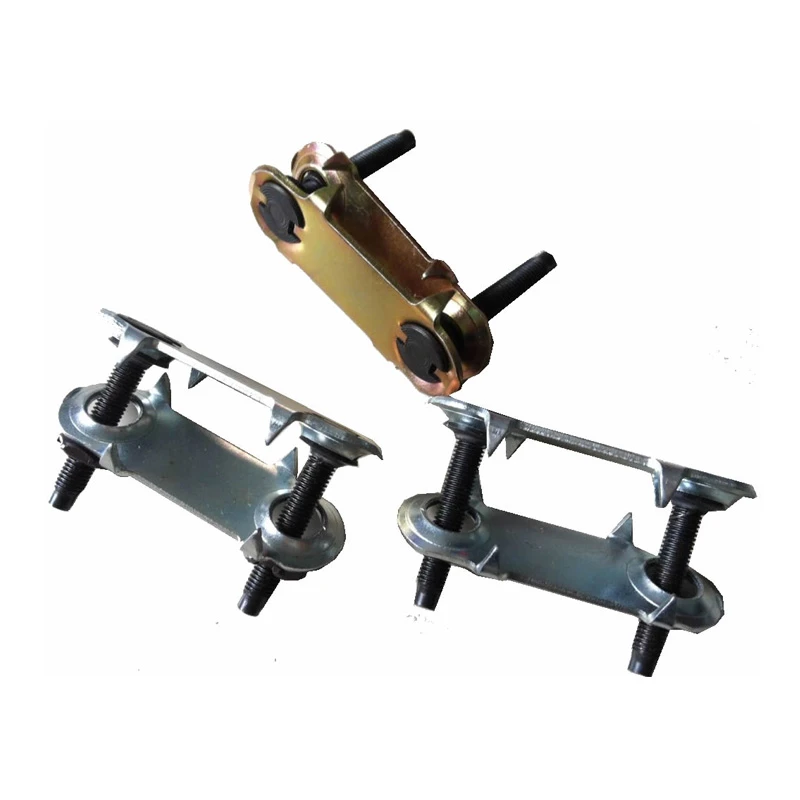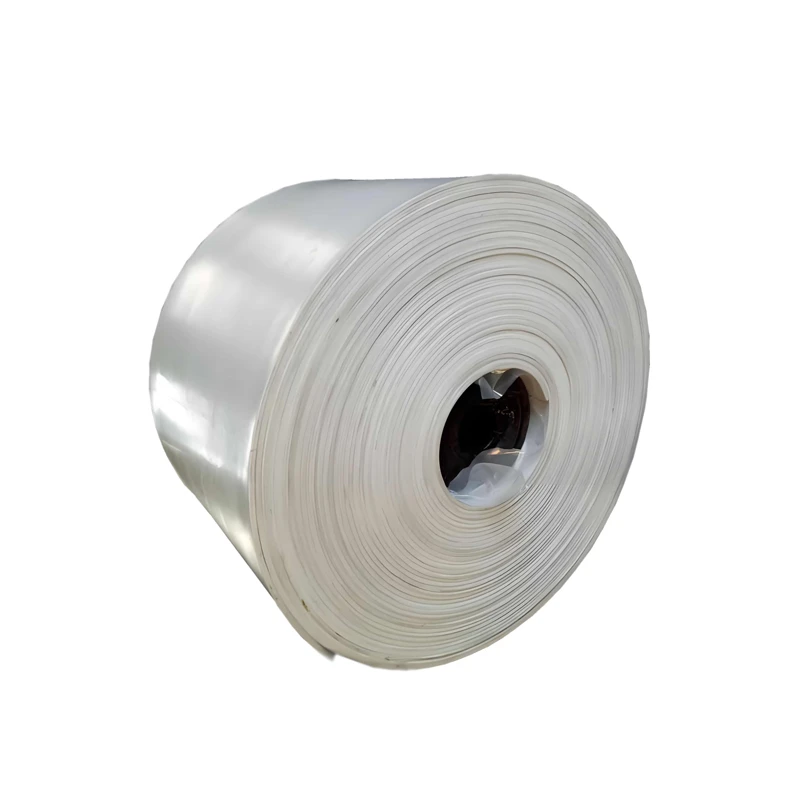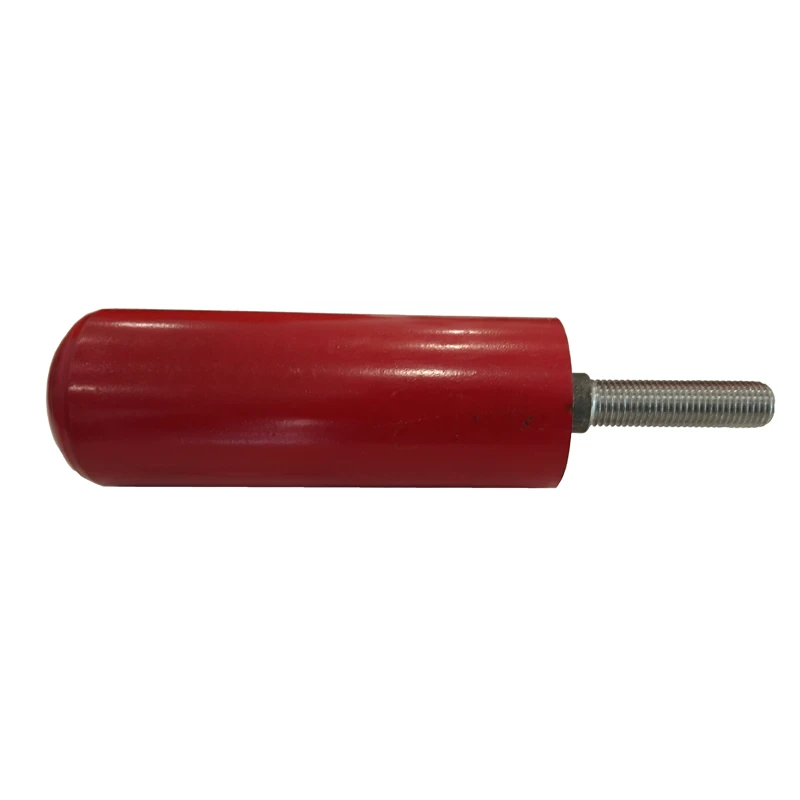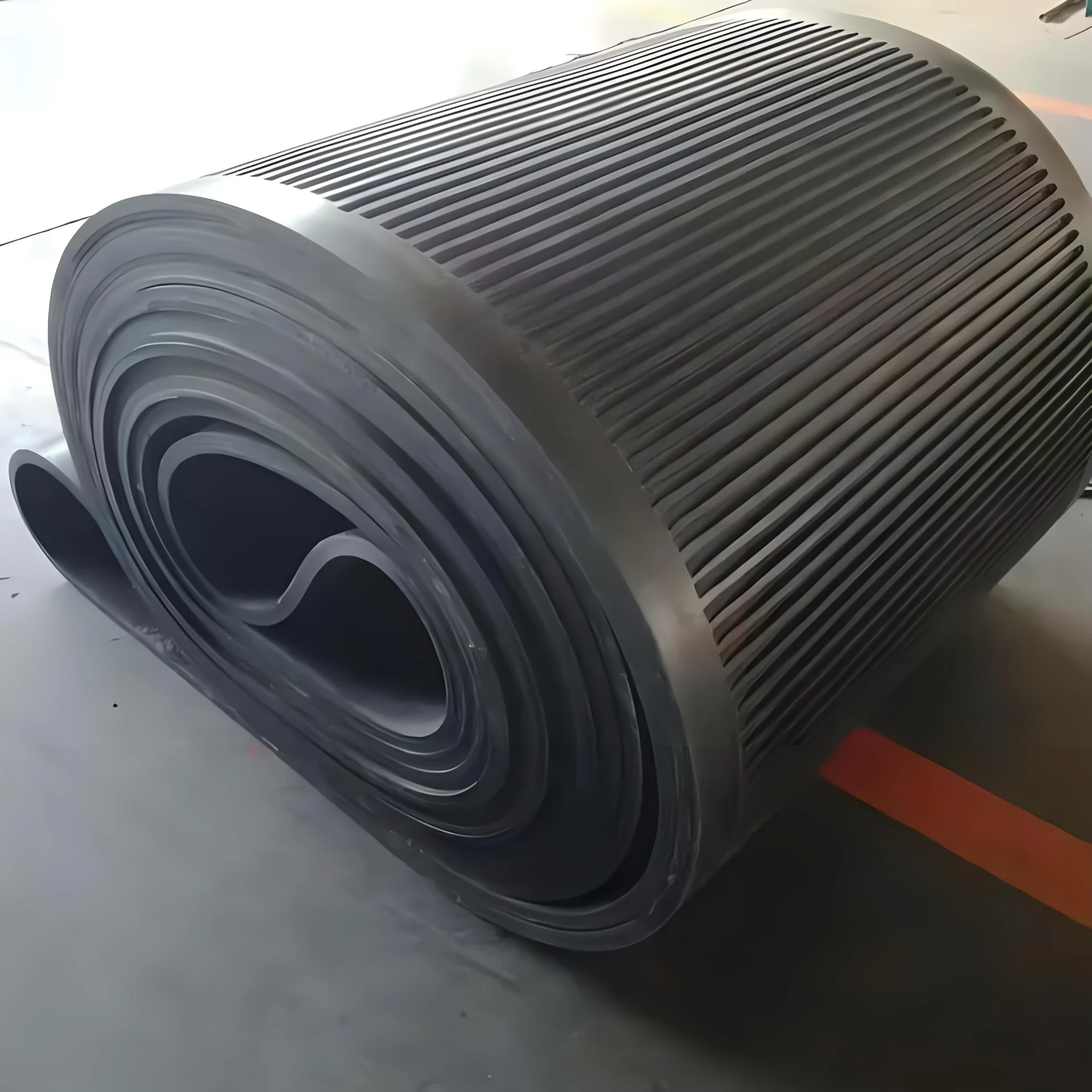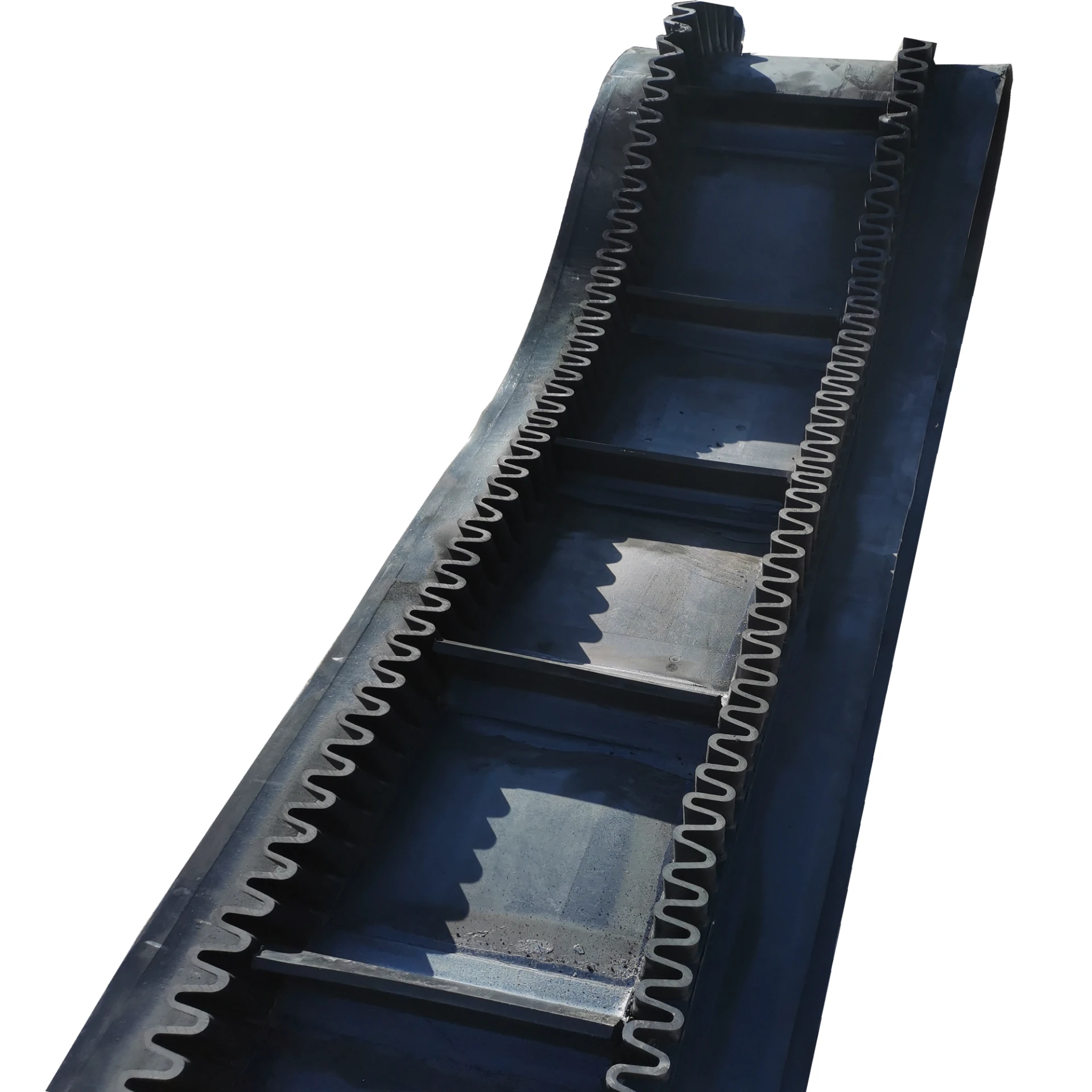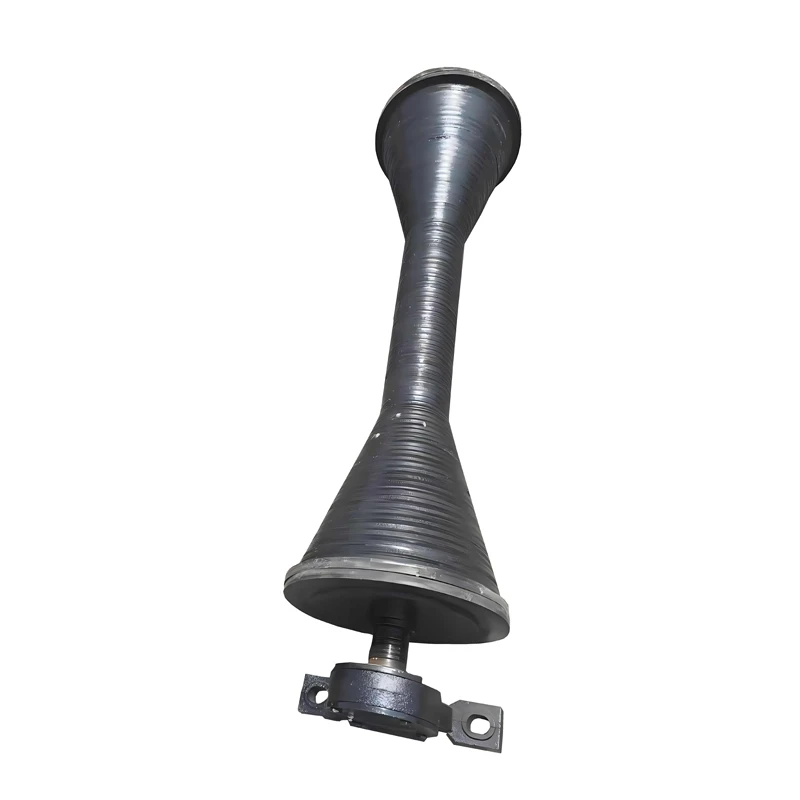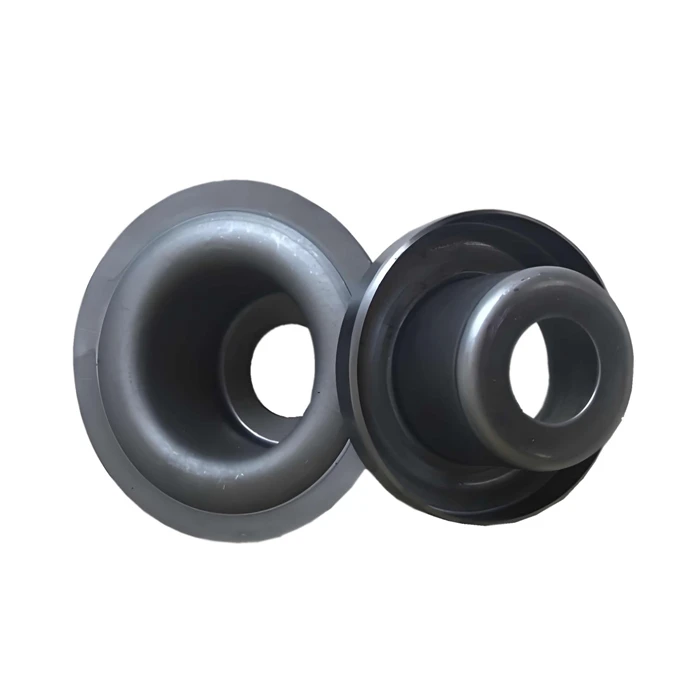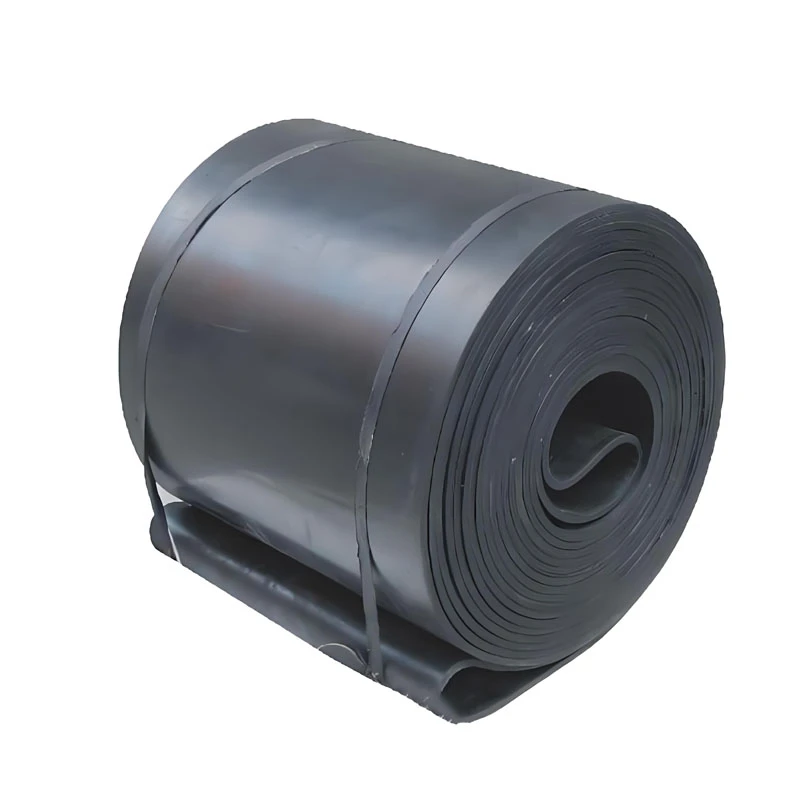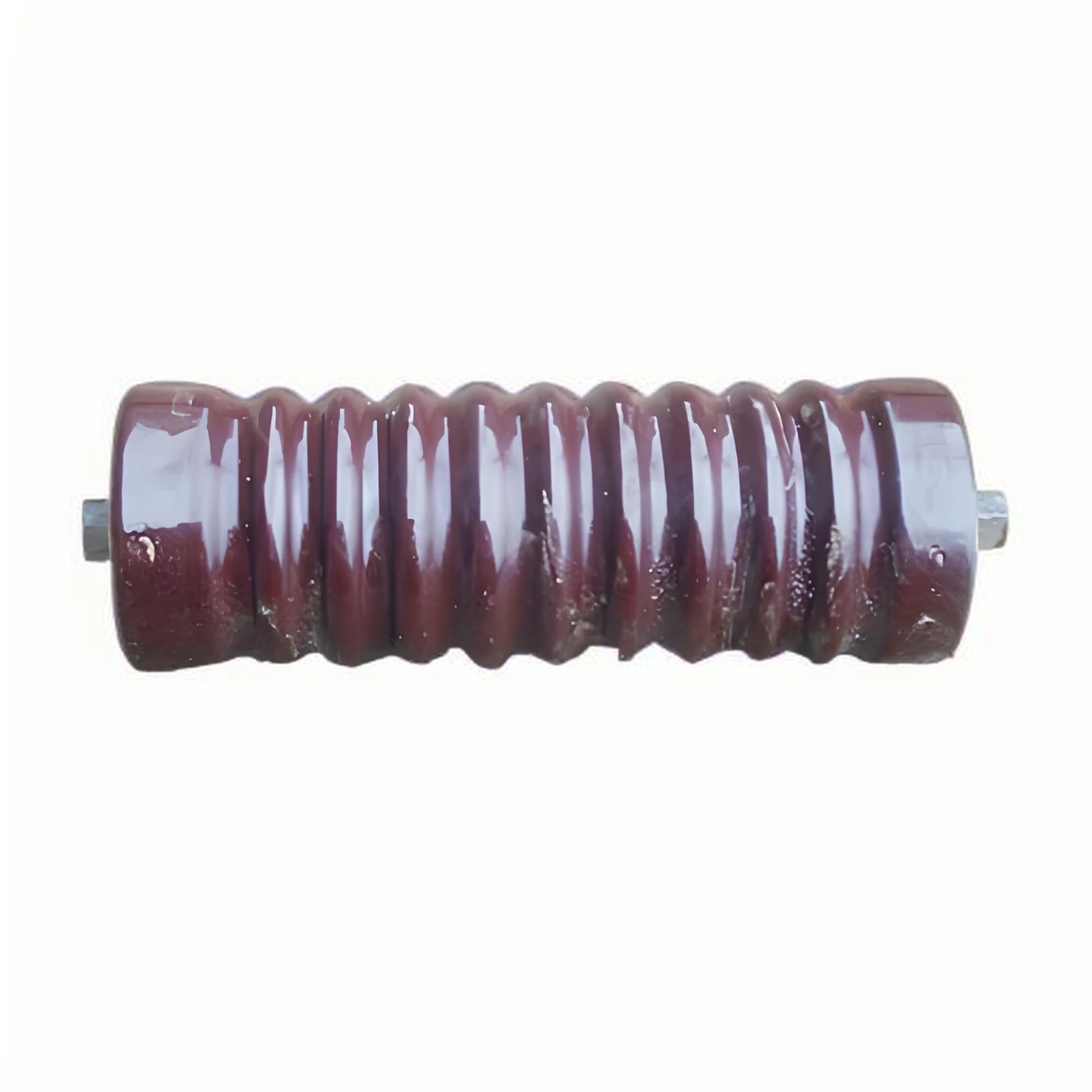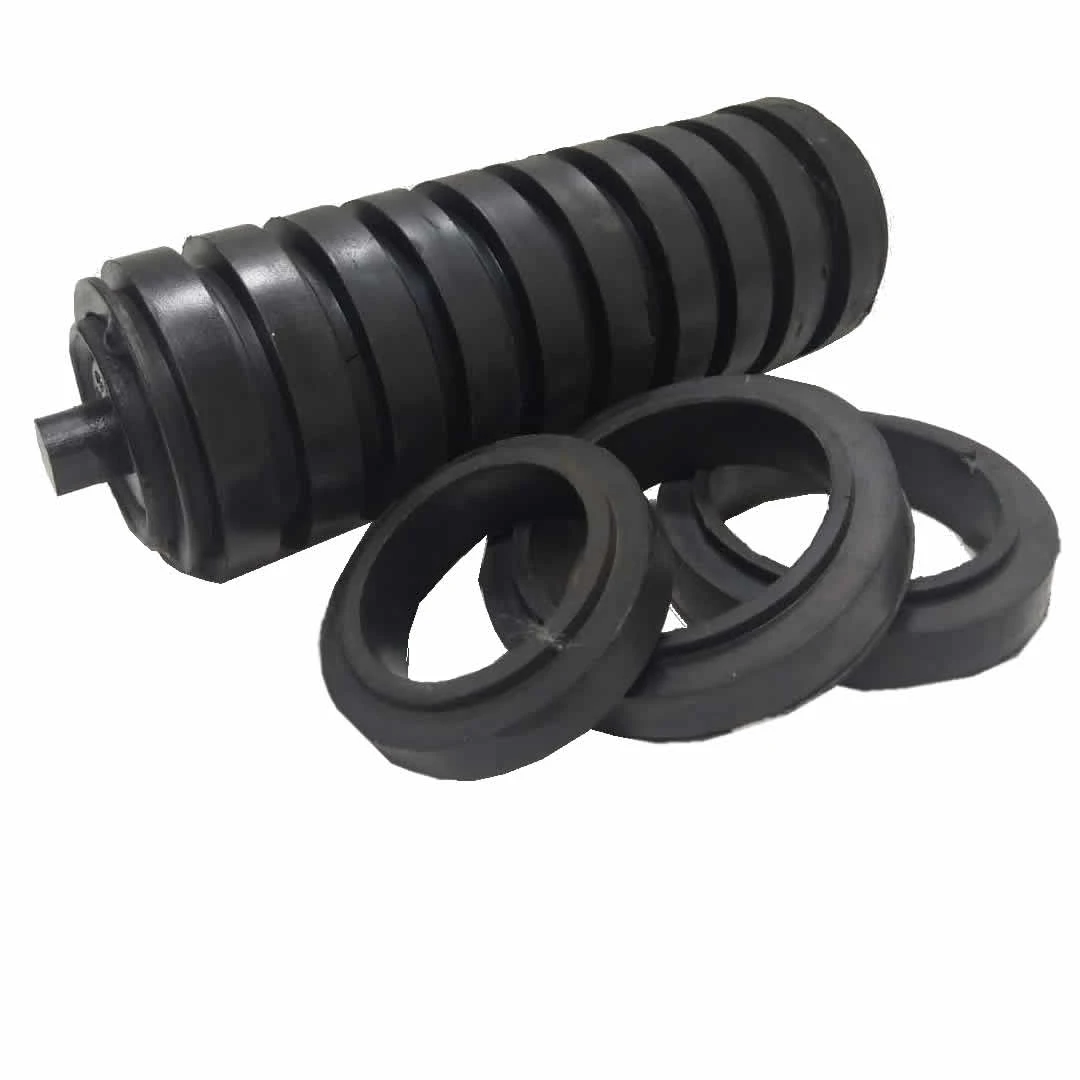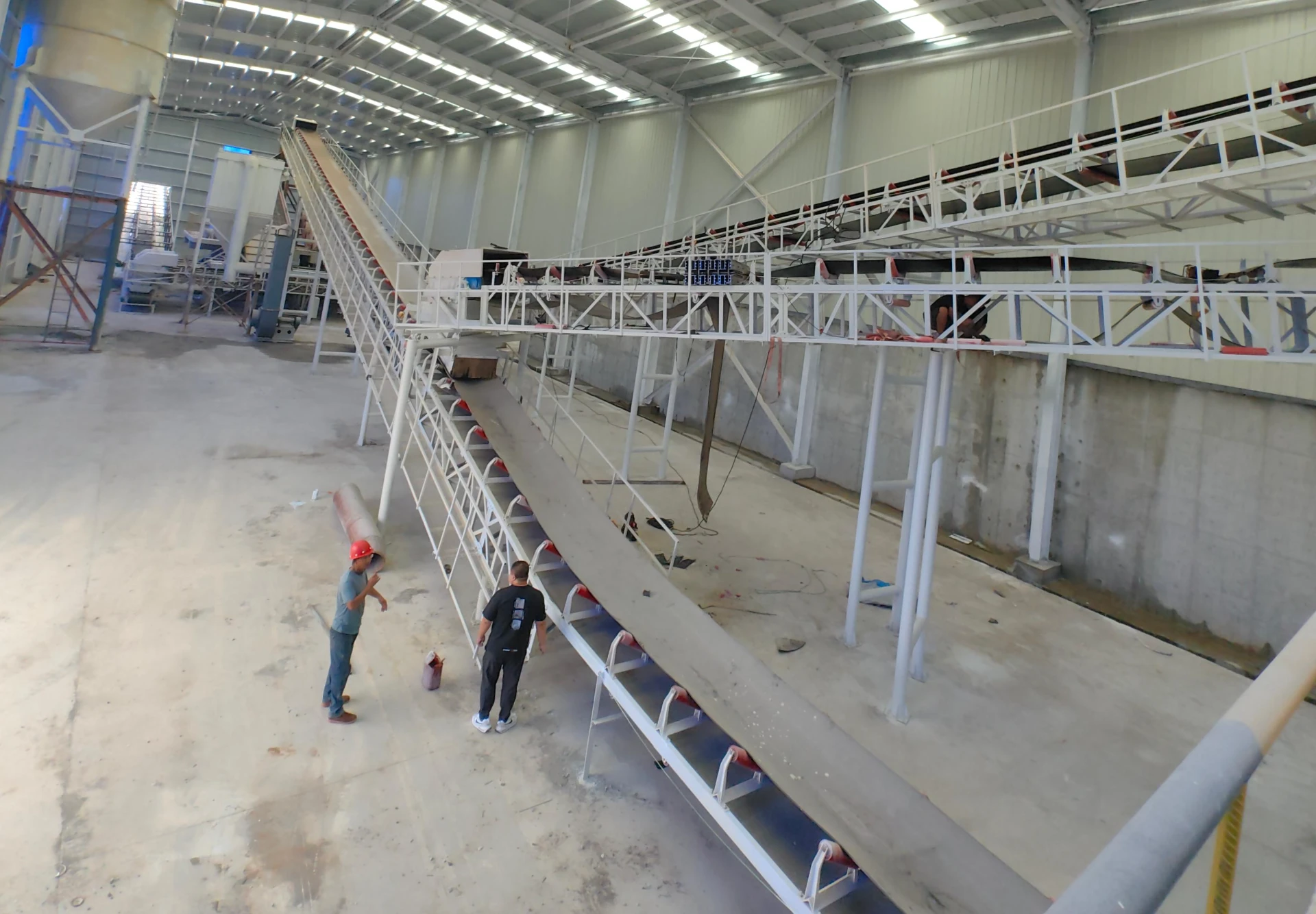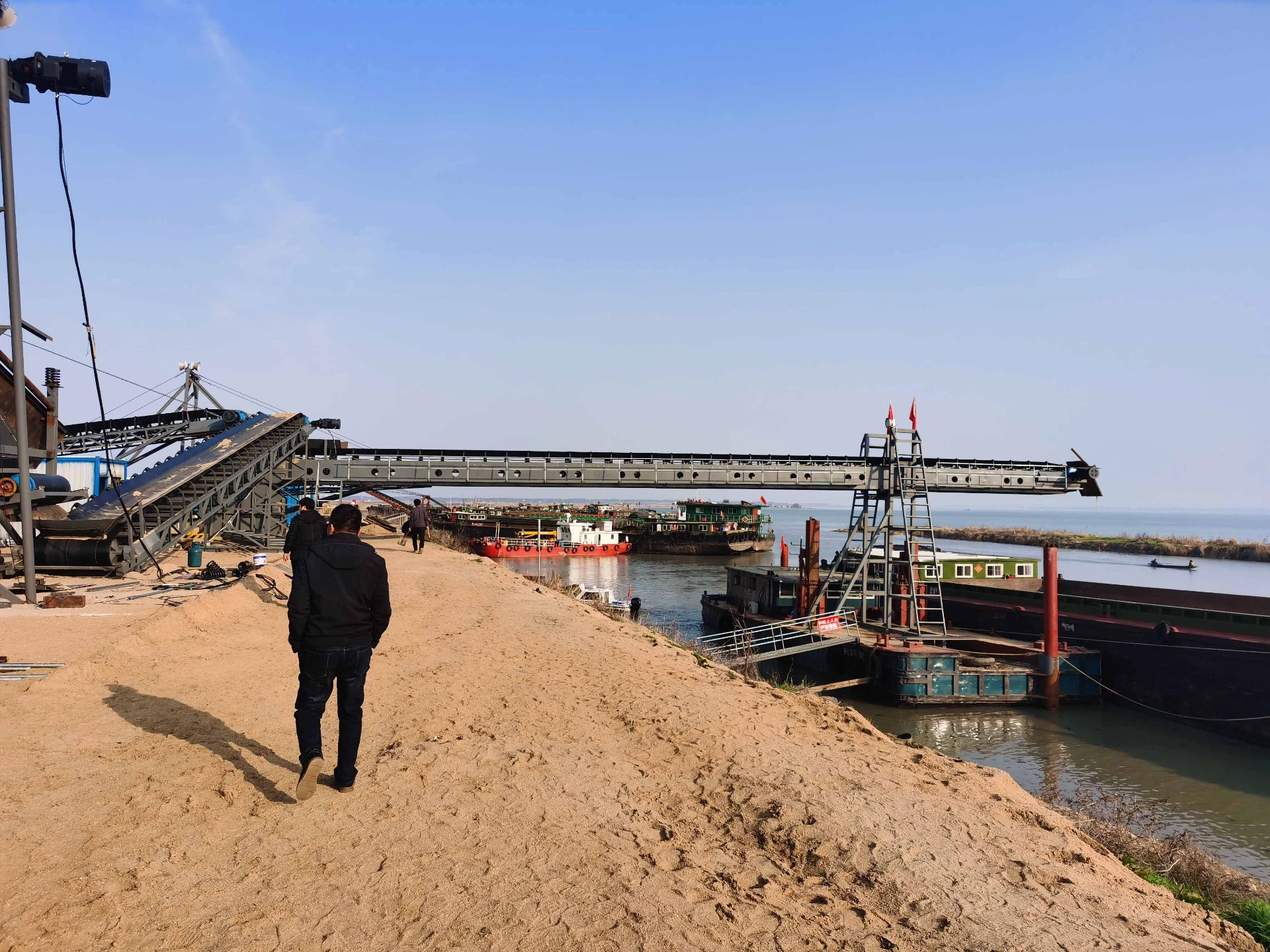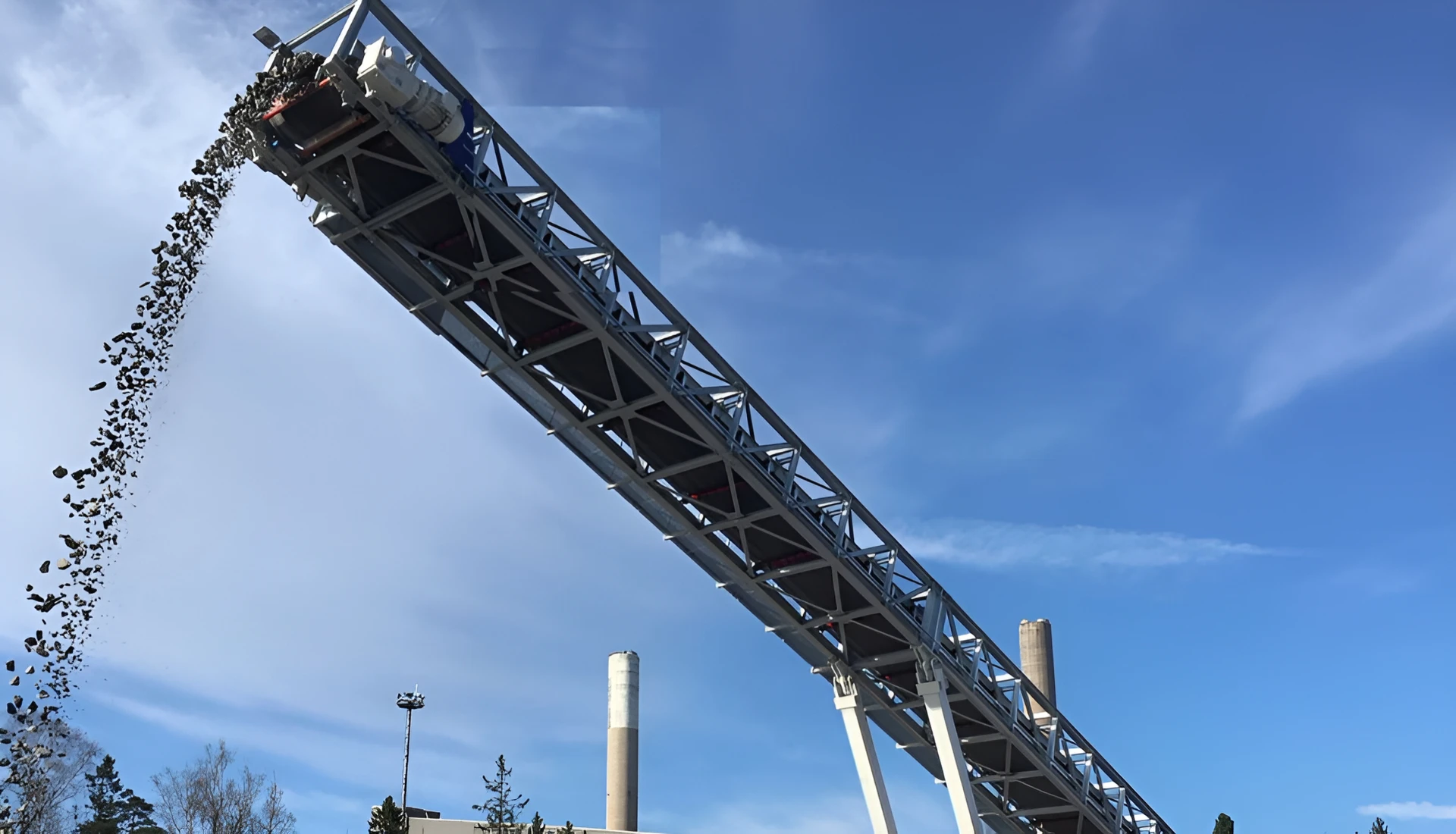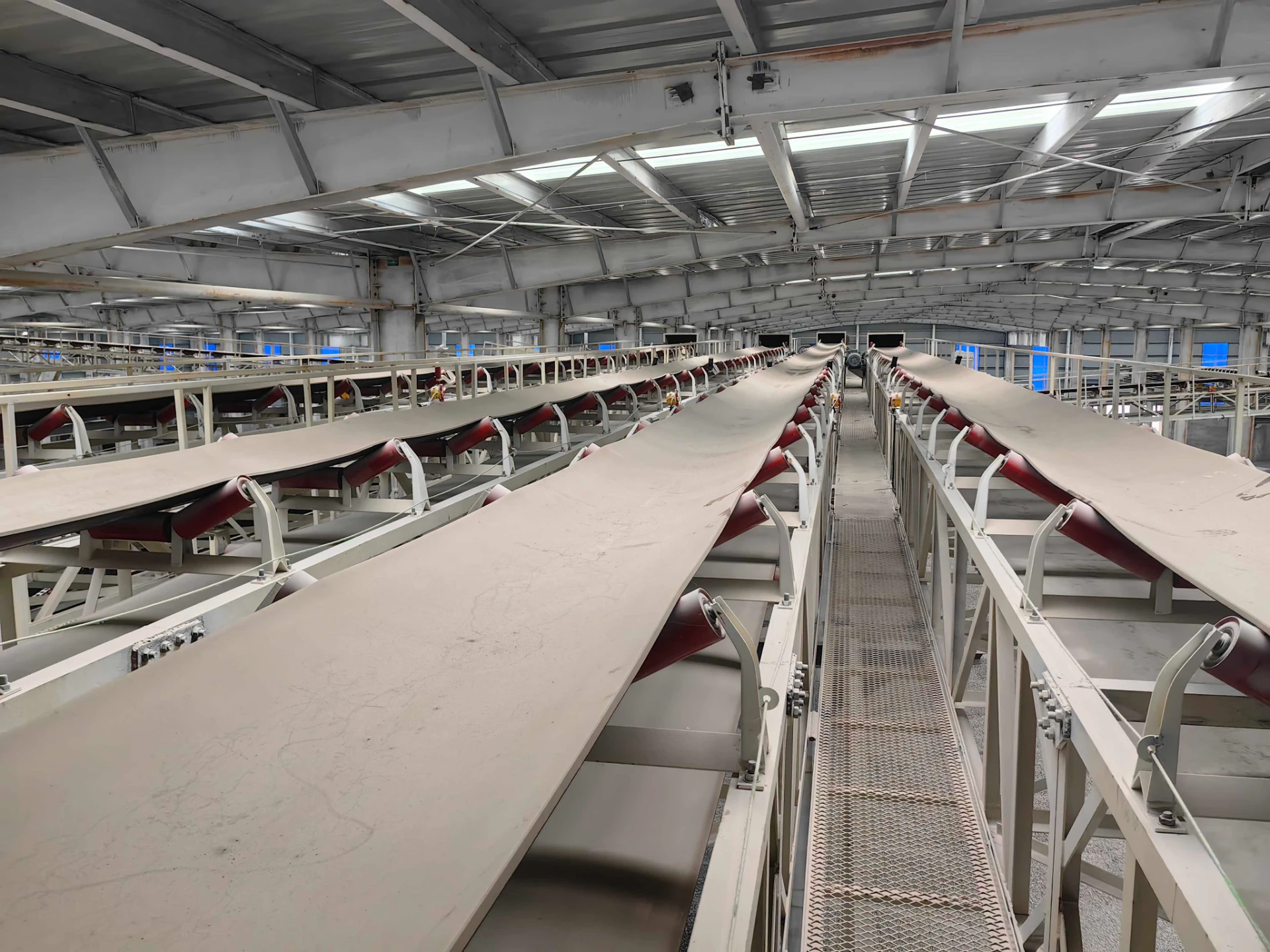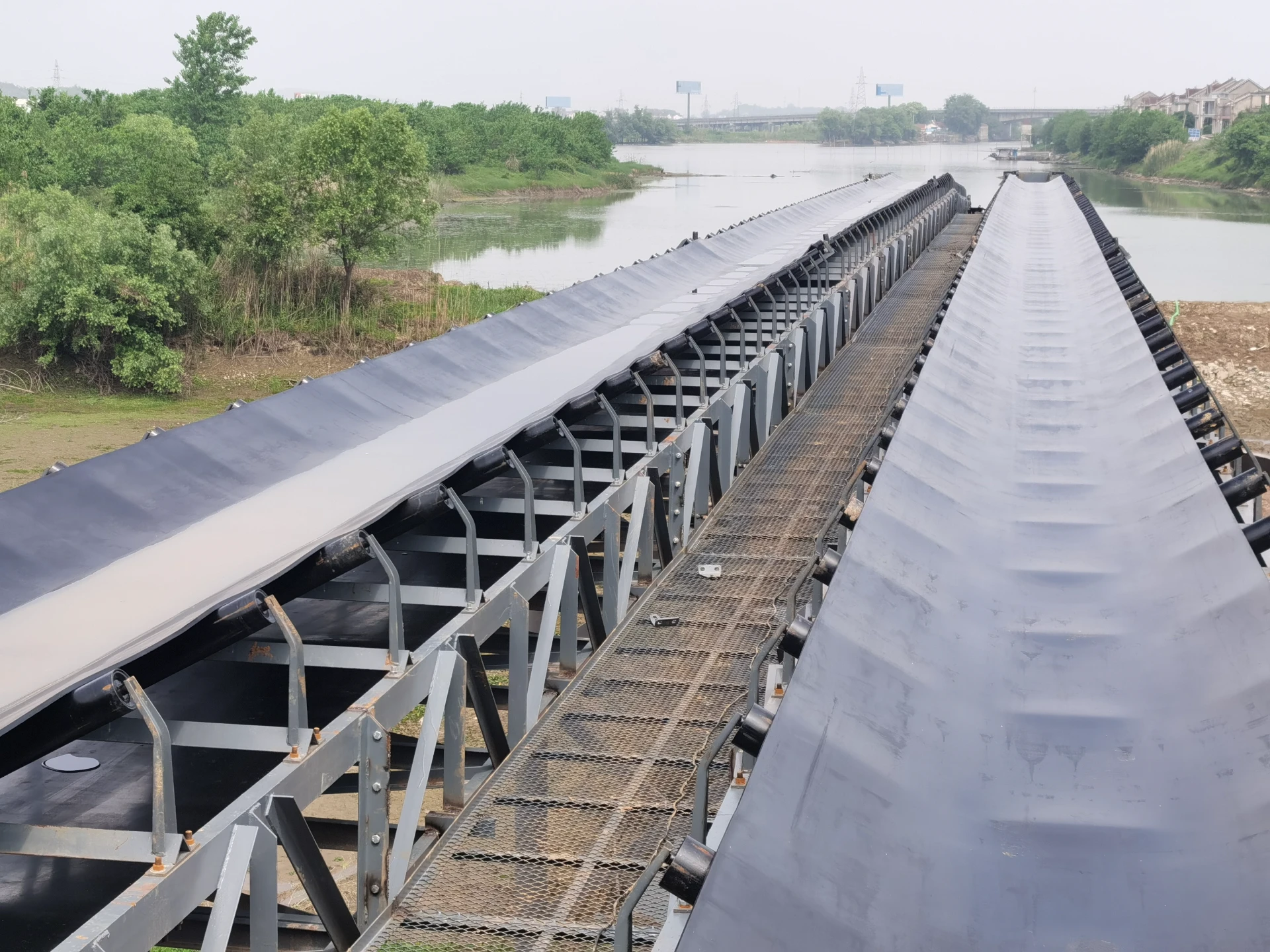Conveyor belts serve as the lifeline of modern underground mining operations, providing a continuous, efficient, and safe method for transporting extracted materials. In coal mining specifically, these systems move thousands of tons of raw material daily from excavation faces to processing plants or surface stockpiles. Unlike traditional methods like rail carts or shuttle cars, conveyor systems offer superior efficiency, lower energy consumption, and enhanced worker safety in confined underground spaces.
Various types of conveyor belts have been developed to meet the demanding conditions of mining environments, each with specialized features for durability, fire resistance, and material handling capacity.
Types of Conveyor Belts Used in Mining
- Steel Cord Conveyor Belts
Constructed with steel cables embedded in rubber for extreme tensile strength
Used in long-distance underground transport (some exceed 10km in length)
Can withstand high impact from falling coal and rock fragments
- Fabric Ply Conveyor Belts
Multiple layers of fabric (usually polyester or nylon) between rubber covers
More flexible than steel cord belts for complex routing in mines
Common in medium-capacity operations moving 500-2,000 tons/hour
- Heat-Resistant Conveyor Belts
Specialized rubber compounds withstand temperatures up to 400°F
Critical for transporting freshly mined coal that may retain heat
Often incorporate Kevlar fibers for added durability
- Fire-Resistant Conveyor Belts
Self-extinguishing materials prevent fire spread underground
Required by safety regulations in most coal mining operations
Typically use chloroprene rubber or other flame-retardant compounds
- Chevron Pattern Conveyor Belts
Feature raised cleats or ribs to prevent material rollback
Essential for steep incline conveying (up to 30° angles)
Reduce spillage on uneven underground terrain
Underground Mining Conveyor System Design
Modern underground coal mines utilize sophisticated conveyor networks with several key components:
- Belt Structure: Widths typically range from 24" to 72" depending on production needs, Carcass strength measured in PIW (Pounds per Inch of Width)
- Drive Systems: Multiple drive stations for long conveyors (up to 10MW total power), Regenerative drives can recover energy during downhill transport
- Transfer Points: Chutes designed to minimize dust and impact damage, Skirtboards contain material at loading zones
- Safety Features: Rip detection sensors monitor belt integrity, Emergency stop systems along entire conveyor length, Dust suppression systems at transfer points
Advantages Over Traditional Transport Methods
- Continuous Operation: 24/7 material flow without loading/unloading delays
- Energy Efficiency: Consumes up to 50% less power than rail-based systems
- Space Savings: Narrow profile fits in low-ceiling mine tunnels
- Safety Benefits: Eliminates explosion risks from diesel transport equipment, Reduces dust generation compared to haul trucks
- Automation Compatibility: Easily integrated with modern monitoring systems, Can be remotely controlled from surface operations
Future Trends in Mining Conveyor Technology
- Smart Belt Systems: Embedded sensors monitor wear, tension, and damage in real-time
- Advanced Materials: Graphene-enhanced rubber compounds for longer lifespan
- Energy Recovery: Regenerative drives that return power to the grid
- Autonomous Maintenance: Robotics for automated belt cleaning and repair
- Modular Designs: Quick-change belt segments to minimize downtime
From the deepest coal seams to the most extensive underground networks, conveyor belts remain the most efficient and reliable material transport solution in mining. Continuous innovations in belt materials, monitoring systems, and energy efficiency ensure these systems will remain central to mineral extraction operations. As underground mines push to greater depths and longer distances, conveyor technology evolves to meet these challenges while improving safety and sustainability in one of the world's most demanding industrial environments.

